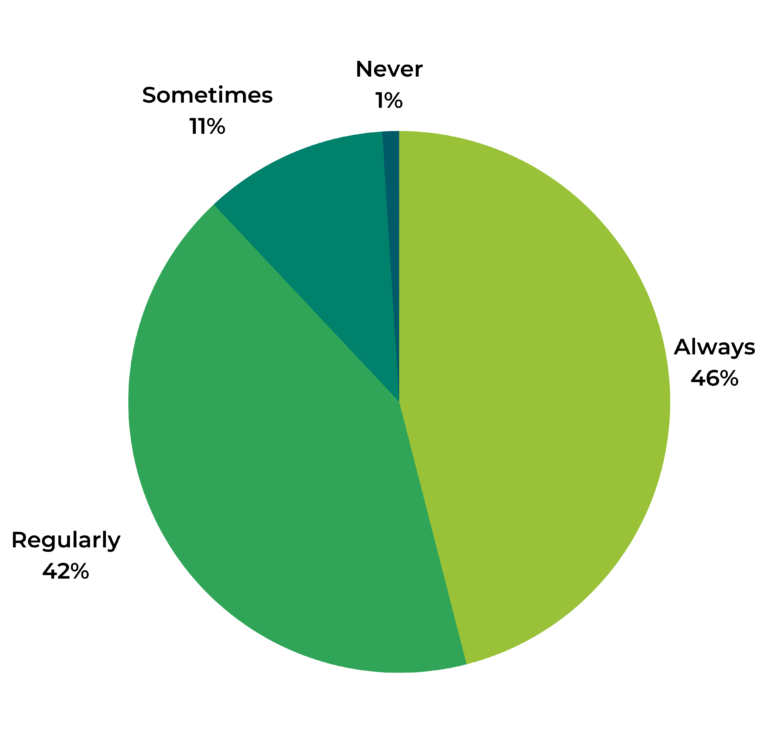Bracket buying - the practice of buying multiple sizes, styles or versions of a product with the intention of returning all but one - has been a common side effect of free returns many brands and retailers offer for online purchases
The cost of returns
0
%
Of apparel and shoes purchased online are returned
$
0
B
Projected cumulative value of returns last year (equates to 17% of all purchases, 11% increase from prev year)
0
%
Percent of returns that can be sold at full price
The WSJ and CNBC among others have reported that the free returns are soon to be a thing of the past. But the problem is consumers - and especially high income shoppers - love them…
Free returns are critical
0
%
of consumers say that free returns are a critical consideration when shopping online (second only to free shipping)
0
%
of consumers with household income of over $100,000 say that free returns are a critical consideration when shopping online
0
%
of shoppers say they never return online purchases
Overwhelmingly, shoppers say that having access to user-generated content — including reviews, Q&A, and images and video — would have made them less likely to return a product.
UGC: A retailer’s answer to lower return rates
0
%
Say reading ratings and reviews make them less likely to return online purchases
0
%
Say reading user-generated questions and answers make them less likely to return online purchases
0
%
Say viewing user-generated imagery and videos make them less likely to return online purchases
Better, more detailed reviews lead to more informed buyer decisions, meaning fewer returns
How often do consumers read entire reviews?
A given review might include many details, including a title, written commentary, demographic information of the reviewer, and visual content – among other things. Which of these details do shoppers value most?
What information consumers value when reading reviews
A picture/image of the product from someone who has used it
65%
Longer, more descriptive reviews
59%
Stories and accounts that relate to and are consistent with how you intend to use the product
57%
Aggregated pros and cons pulled from all the reviews submitted
54%
“Most positive review” vs “most negative review” pulled from all reviews submitted
45%
The tag/badge signifying how the reviewer obtained the product
42%
A video of the product from someone who has used it
36%
Demographic profile information
19%
Longer, more descriptive title
17%



